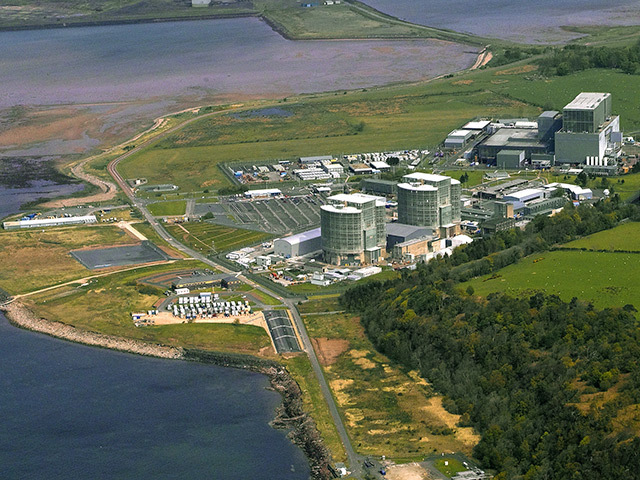
Engineering group Babock and US firm Fluor have landed the £7billion contract to oversee the decommissioning programme for the UK’s magnox nuclear reactors.
The deal, one of the largest public sector contracts in recent years, will see the firms’ Cavendish Fluor Partnership joint venture taking ownership of the licence companies for 12 nuclear reactors built in the 1950s and 1960s, including the Hunterston A and Chapelcross stations in Scotland.
It also covers two research facilities, in Oxfordshire and Dorset, and is expected to lead to around £1billion of savings to the public purse.
“The selection of Cavendish Fluor Partnership as the preferred bidder is a significant step in our drive to attract world-class management and innovation to our sites,” said John Clarke, chief executive of the Nuclear Decommissioning Authority.
“We have undergone a comprehensive and rigorous process aimed at securing the best possible parent body for these challenging sites.
“Cavendish Fluor Partnership bring a successful track record and extensive nuclear experience that will bring enormous benefits to the decommissioning and clean-up programme.”
The consortium beat off competition from other groups, including one made up by Amek, Atkins and Rolls-Royce, and will take on around 3,000 workers decommissioning the ageing facilities across the country.
The firms will now enter a five month transition period to finalise the terms of the deal, which is set to be worth up to £7billion over the next 14 years.
“The announcement that Cavendish Fluor Partnership has been chosen as preferred bidder for one of the UK’s biggest and most significant nuclear site management and decommissioning contracts reflects not only the market leadership of Cavendish Nuclear in nuclear engineering services but also its ability to successfully deliver complex projects of national significance in very demanding environments,” said Babcock chief executive Peter Rogers.
Only one of the UK’s magnox reactors, at Wylfa in Wales, remains in operation, although that is due to shut down by 2016. The reactors were originally created to produce plutonium for the UK’s nuclear weapons programme, before being put to electricity generation use.
Recommended for you
